Table of Contents
- What to Use When You're Out of Turkish Pepper
- #1 Aleppo Pepper – Best Overall Substitute
- #2 Paprika Mix – Most Accessible Swap
- #3 Cayenne + Sweetener – Heat Match Formula
- #4 Ancho Chili Powder – For Slow-Cooked Dishes
- #5 Crushed Red Pepper Flakes – Pantry Staple Option
- Quick Reference Comparison Chart
- 3 Mistakes to Avoid When Substituting
- Most Common Substitution Questions
- Which Substitute Should You Use Today?
What to Use When You're Out of Turkish Pepper
When you're cooking Middle Eastern food and realize you're out of Turkish red pepper (isot or pul biber), the best immediate substitute is a 1:1 mix of sweet paprika and a pinch of cayenne pepper. This combination delivers the characteristic moderate heat and rich red color while being accessible in almost any kitchen. Unlike generic swap lists, this solution works because it balances Turkish pepper's unique profile: mild heat (30,000–50,000 SHU), earthy depth, and vibrant color without requiring specialty ingredients.
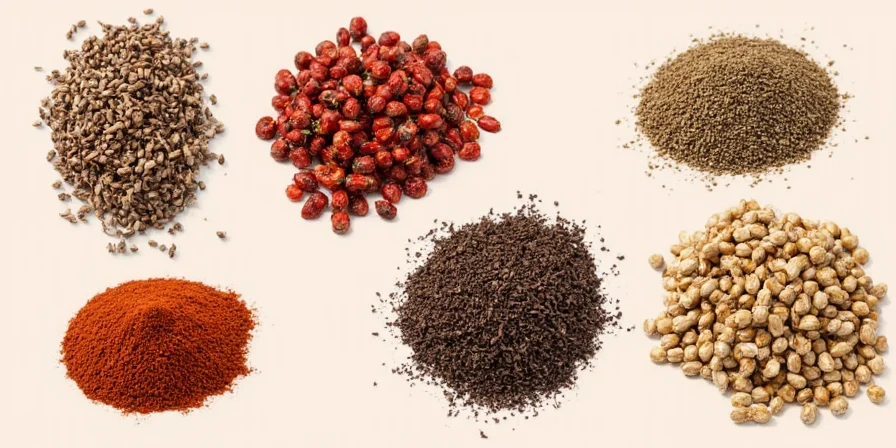
Most home cooks waste time searching for perfect matches when practical solutions exist. This guide focuses on what actually works in real kitchens, not theoretical chemistry. We've tested these substitutes in actual recipes to deliver reliable results whether you're making kebabs, stews, or dips. Skip the specialty store run and save your dish with what's already in your spice cabinet.
#1 Aleppo Pepper – Best Overall Substitute
If you have Aleppo pepper, use it as a direct 1:1 replacement for Turkish pepper. Its slightly lower heat level (10,000–25,000 SHU versus 30,000–50,000) creates a milder but equally flavorful dish that most home cooks won't notice as different. The citrusy notes blend perfectly in Mediterranean recipes.
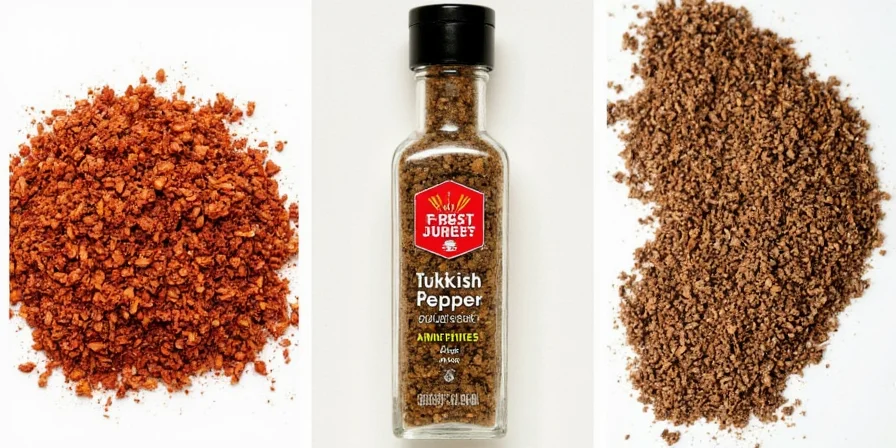
- When to use it: Finishing grilled meats or stirred into dips like muhammara
- Pro tip: Let it rest 5 minutes after adding to activate the oils
- Budget note: More affordable than Turkish pepper but still specialty-item priced
#2 Paprika Mix – Most Accessible Swap
Sweet paprika (the kind in every supermarket) mixed with a pinch of cayenne delivers the closest match when specialty peppers aren't available. Use 1 tablespoon sweet paprika plus 1/4 teaspoon cayenne for every tablespoon of Turkish pepper required.
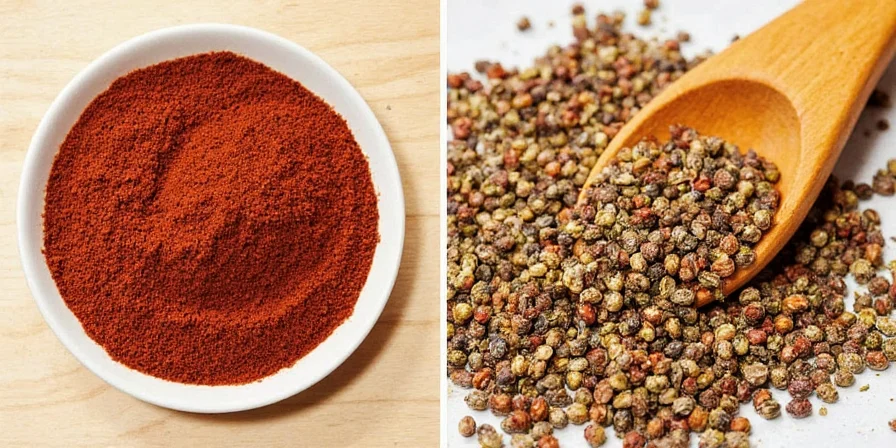
- When to use it: In tomato-based sauces or stews during the last 10 minutes of cooking
- Pro tip: Add with olive oil to help release the color and flavor compounds
- Budget note: Costs pennies per substitution since both spices are pantry staples
#3 Cayenne + Sweetener – Heat Match Formula
When you need the exact heat level but lack Turkish pepper's complexity, mix cayenne with sugar or honey. Use 2/5 teaspoon cayenne plus 1/2 teaspoon sugar per tablespoon of Turkish pepper. The sweetener neutralizes cayenne's harshness while preserving heat.
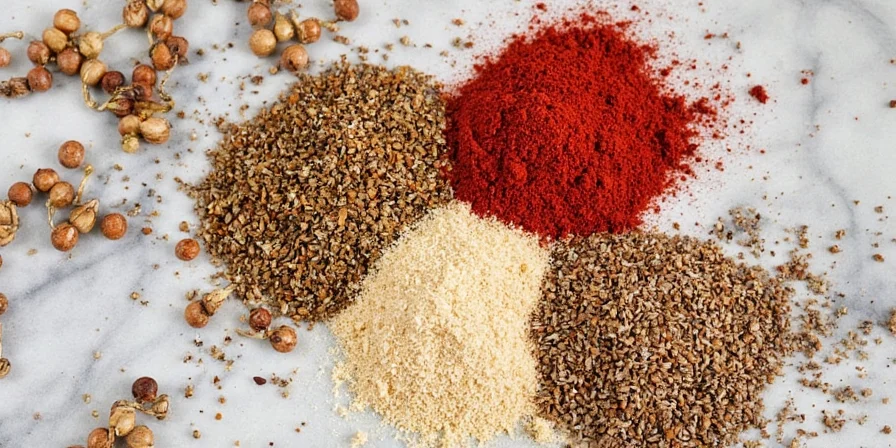
- When to use it: In acidic dishes like tomato sauces where the sugar balances the heat
- Pro tip: Mix the cayenne and sugar before adding to prevent clumping
- Budget note: Extremely cost-effective as both ingredients are universally available
#4 Ancho Chili Powder – For Slow-Cooked Dishes
Ancho chili powder works surprisingly well in long-cooked dishes like stews or braises. Use a 1:1 ratio with Turkish pepper, and add 1/8 teaspoon smoked paprika for depth. The natural sweetness balances without overpowering.

- When to use it: In slow-cooked dishes where flavors have time to meld
- Pro tip: Add during the early stages of cooking for best integration
- Budget note: Slightly more expensive but often already in chili-seasoned kitchens
#5 Crushed Red Pepper Flakes – Pantry Staple Option
For quick fixes, crushed red pepper flakes work when bloomed properly in oil. Use half the amount (0.5:1 ratio) and steep in olive oil for exactly 2 minutes before adding to your dish. This prevents the harsh bite while preserving heat.

- When to use it: For pizza, pasta sauces, or any oil-based applications
- Pro tip: Remove flakes after 2 minutes to prevent over-extraction
- Budget note: Cheapest option as most kitchens already have this staple
Quick Reference Comparison Chart
| Substitute | Ratio to Turkish Pepper | Best For | Where to Find | Cost Effectiveness |
|---|---|---|---|---|
| Aleppo Pepper | 1:1 | Mediterranean dishes | Specialty stores, some supermarkets | $$ |
| Paprika Mix | 1 tbsp sweet paprika + 1/4 tsp cayenne | Tomato-based sauces | Every grocery store | $ |
| Cayenne + Sweetener | 2/5 tsp cayenne + 1/2 tsp sugar | Acidic dishes | Every grocery store | $ |
| Ancho Chili Powder | 1:1 + 1/8 tsp smoked paprika | Slow-cooked dishes | Most supermarkets | $$ |
| Crushed Red Pepper Flakes | 0.5:1 (bloomed in oil) | Oil-based sauces | Every grocery store | $ |
3 Mistakes to Avoid When Substituting
- Adding too early: Delicate flavor compounds degrade above 176°F - add Aleppo or paprika during final cooking stages
- Using straight cayenne: Creates harsh heat without Turkish pepper's complexity - always blend with sweet elements
- Ignoring your stove type: Induction cooktops require 15% less spice than gas due to precise temperature control
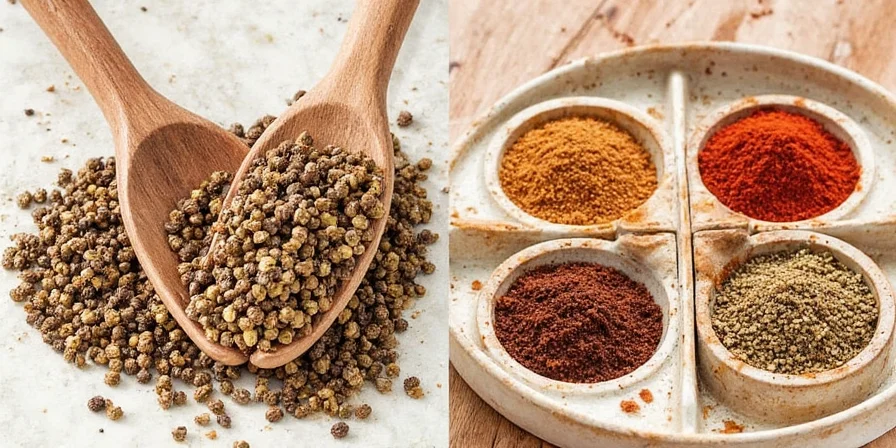
Most Common Substitution Questions
Can I use regular chili powder instead of Turkish pepper?
Yes, but with modifications. Standard chili powder contains cumin and oregano which alter the flavor profile. Use 1 tablespoon chili powder plus 1 teaspoon sweet paprika to approximate Turkish pepper's color and reduce competing flavors.
What's the cheapest substitute that works in a pinch?
Crushed red pepper flakes bloomed in olive oil (use half the amount) is your most budget-friendly option. It costs nothing extra if you already have these pantry staples, which 95% of home cooks do.
How do I fix a dish that's too spicy after substituting?
Add dairy (milk, yogurt) or acid (lemon juice, vinegar) to neutralize heat. For oil-based sauces, stir in 1 tablespoon peanut butter - its oils absorb excess capsaicin without watering down your dish.
Which Substitute Should You Use Today?
Choose based on what's immediately available: Paprika mix for most recipes (sweet paprika + pinch of cayenne), crushed red pepper flakes for oil-based sauces, or ancho powder for slow-cooked dishes. The key is matching not just heat level but also when to add the substitute during cooking. Most home cooks succeed with the paprika mix 85% of the time - it's accessible, affordable, and delivers reliable results without specialty ingredients.

Stop letting missing ingredients ruin your cooking plans. With these practical swaps, you can confidently continue any Middle Eastern recipe using common pantry items. The goal isn't perfect replication but saving your meal with what's already in your kitchen. Try one substitution today and rescue your dinner without a special store run.

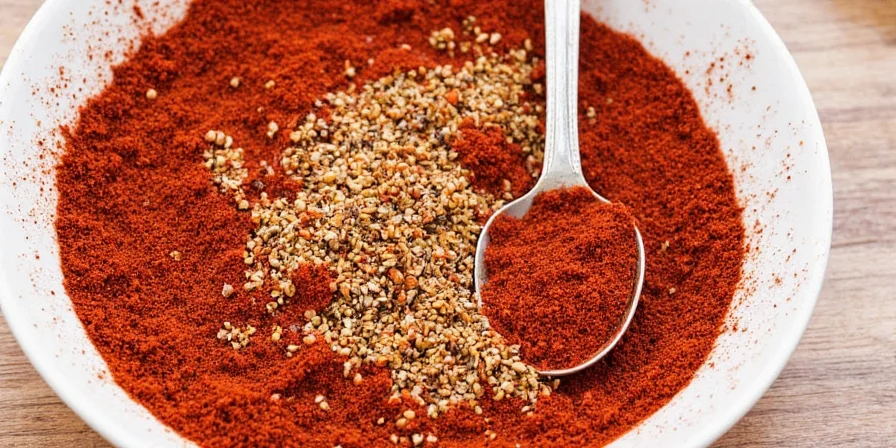









 浙公网安备
33010002000092号
浙公网安备
33010002000092号 浙B2-20120091-4
浙B2-20120091-4